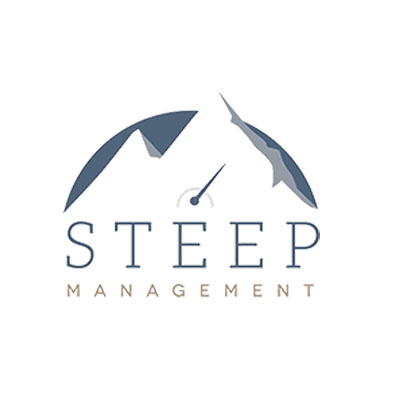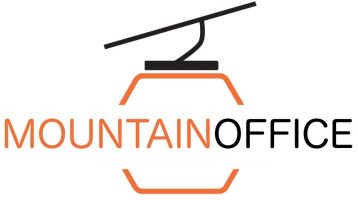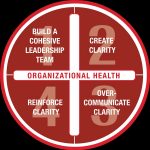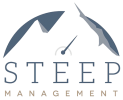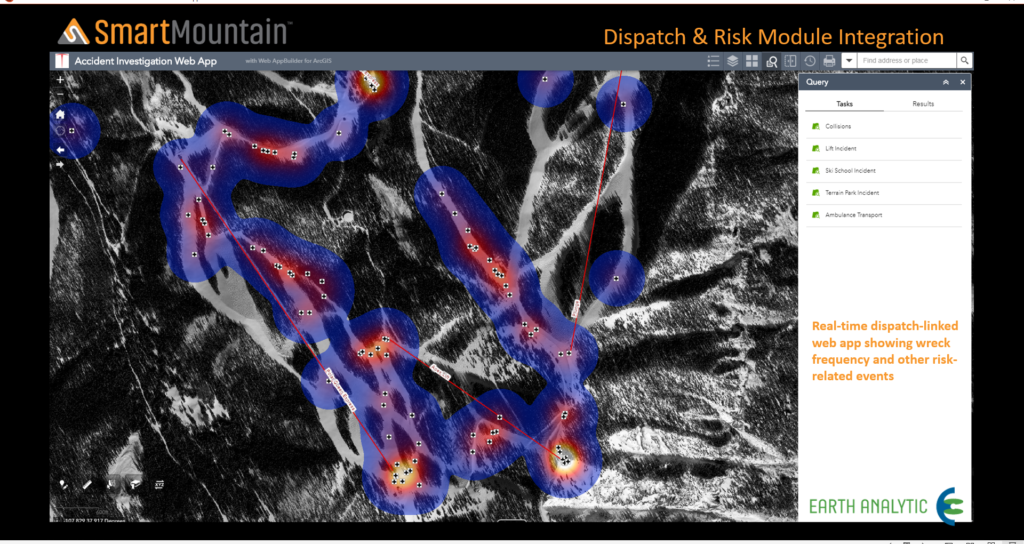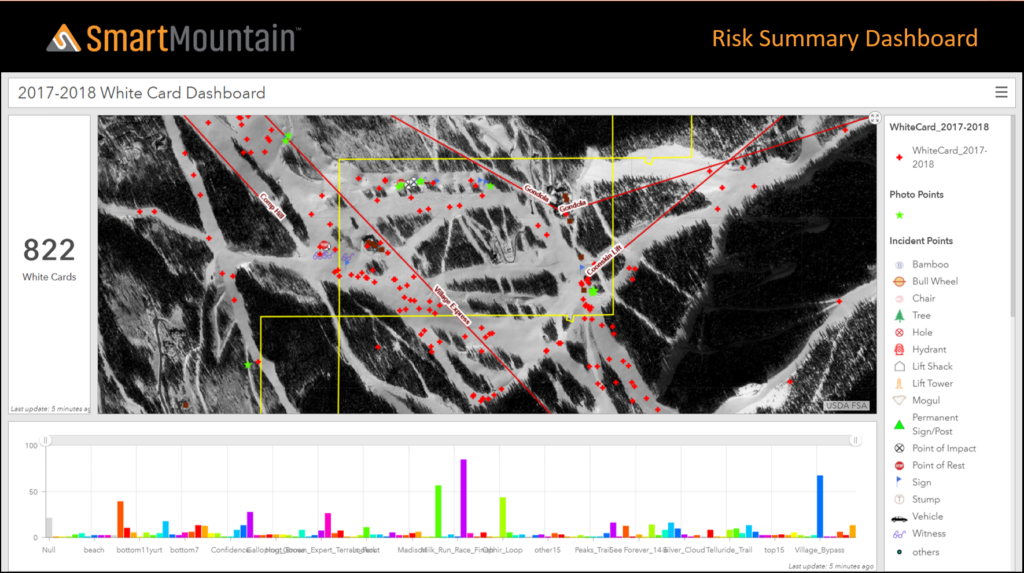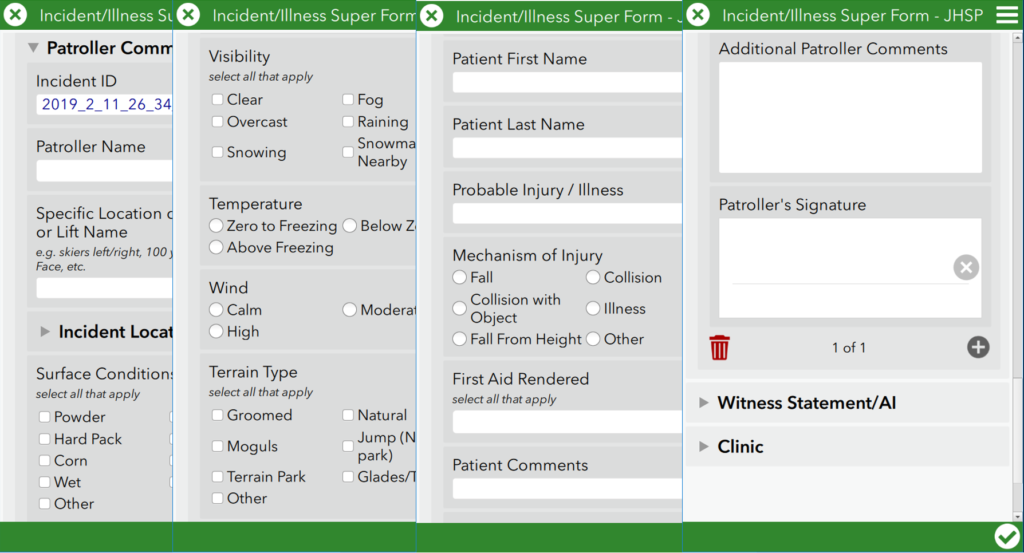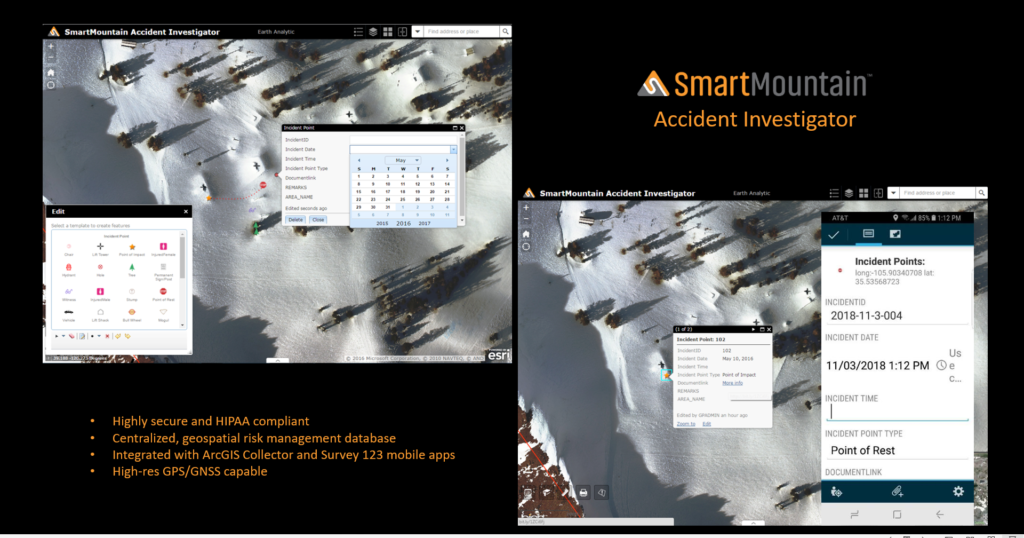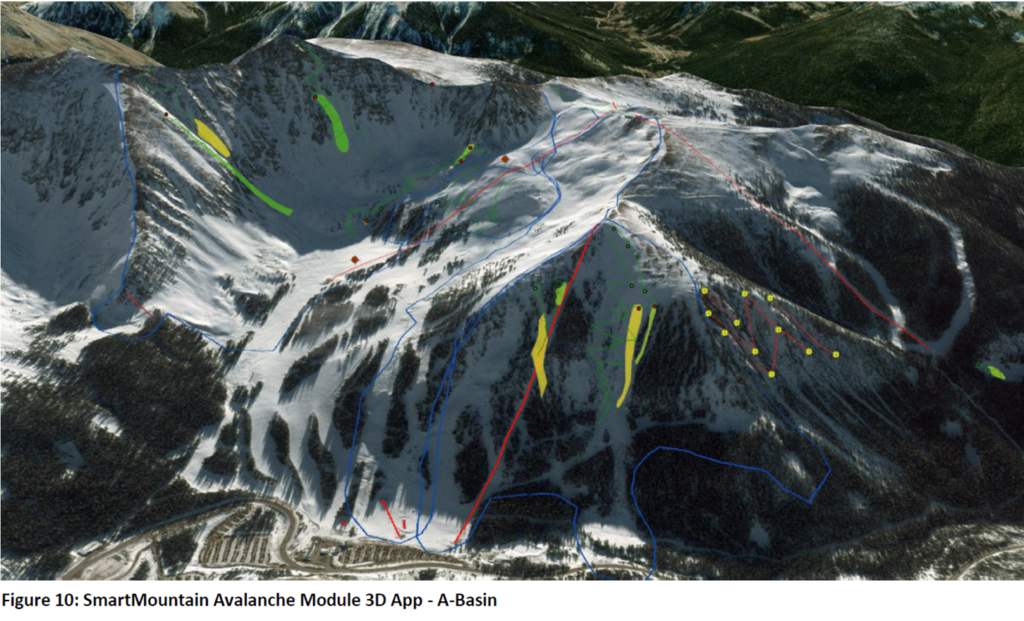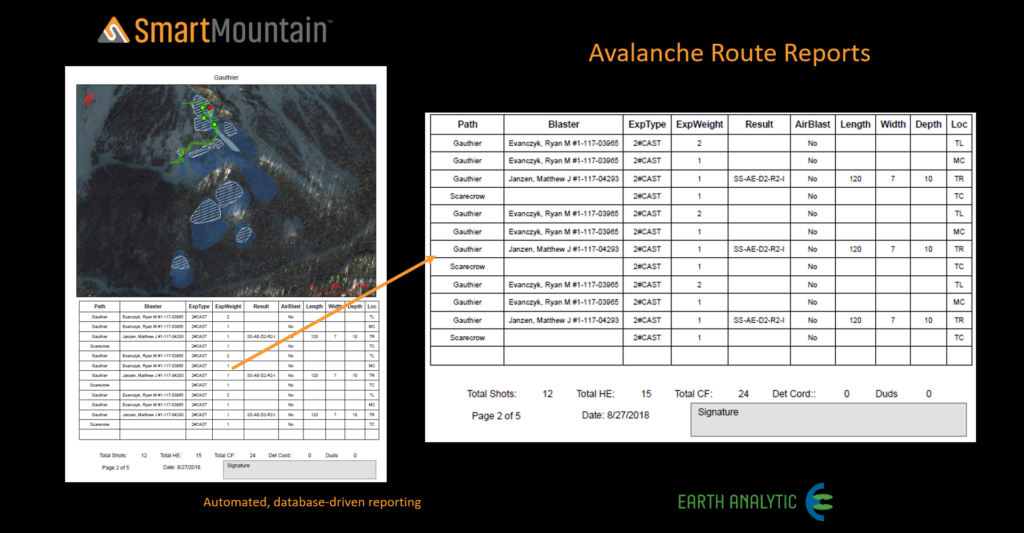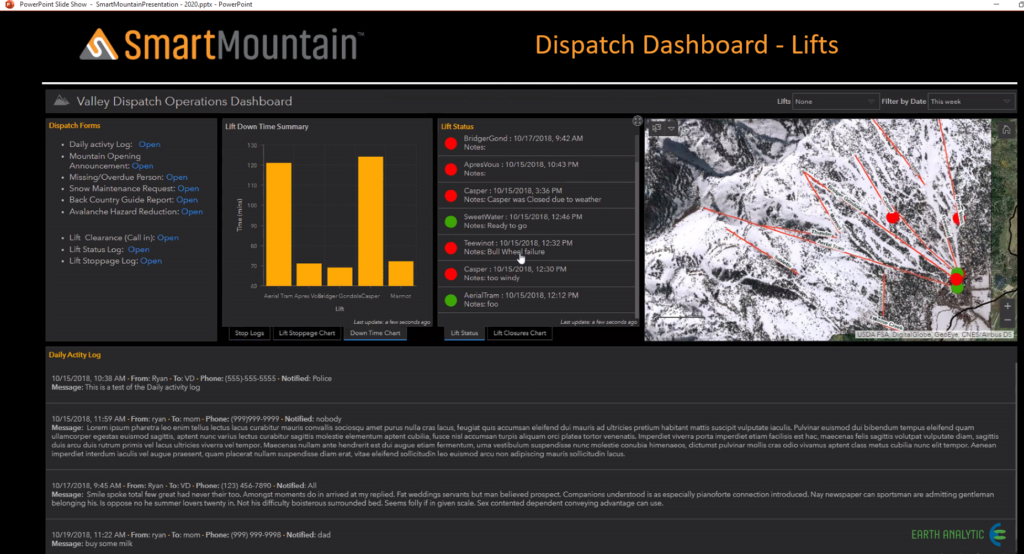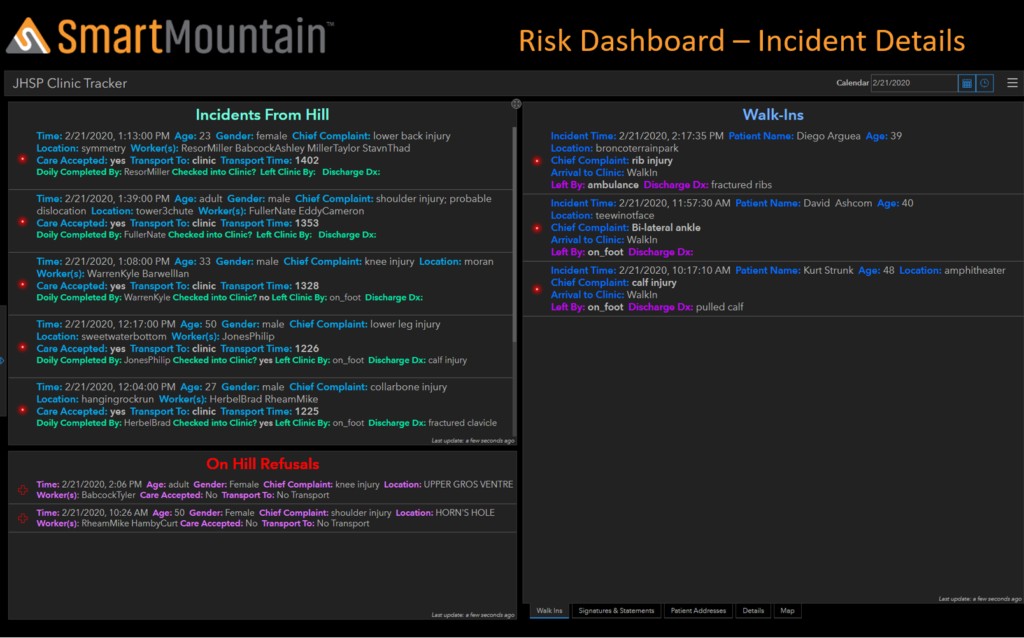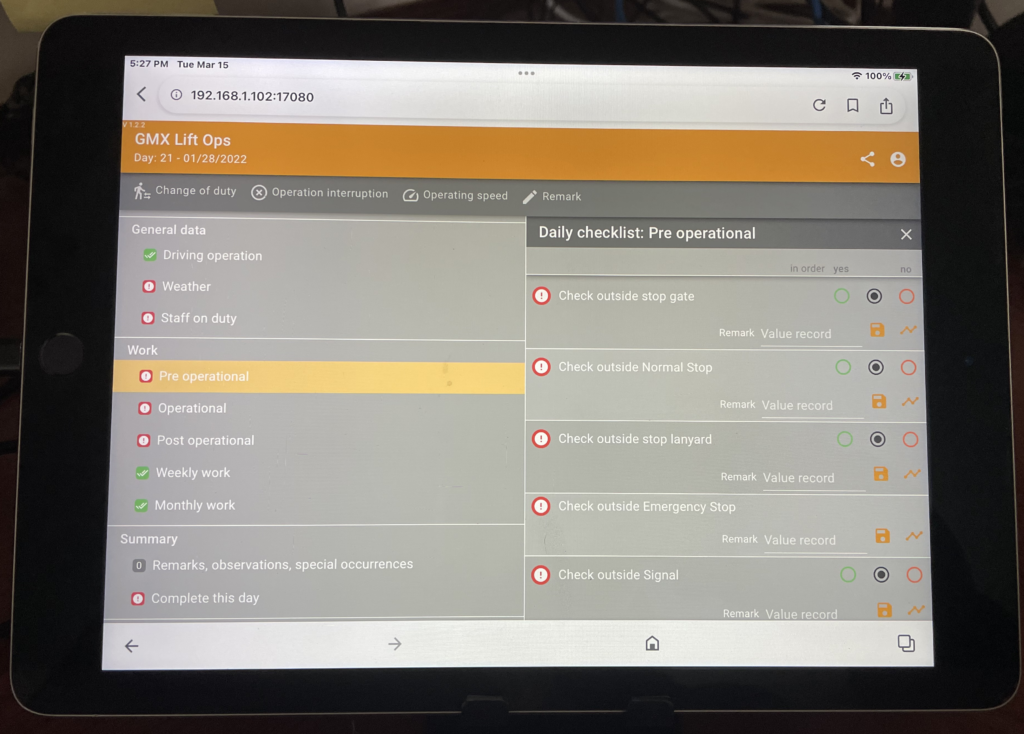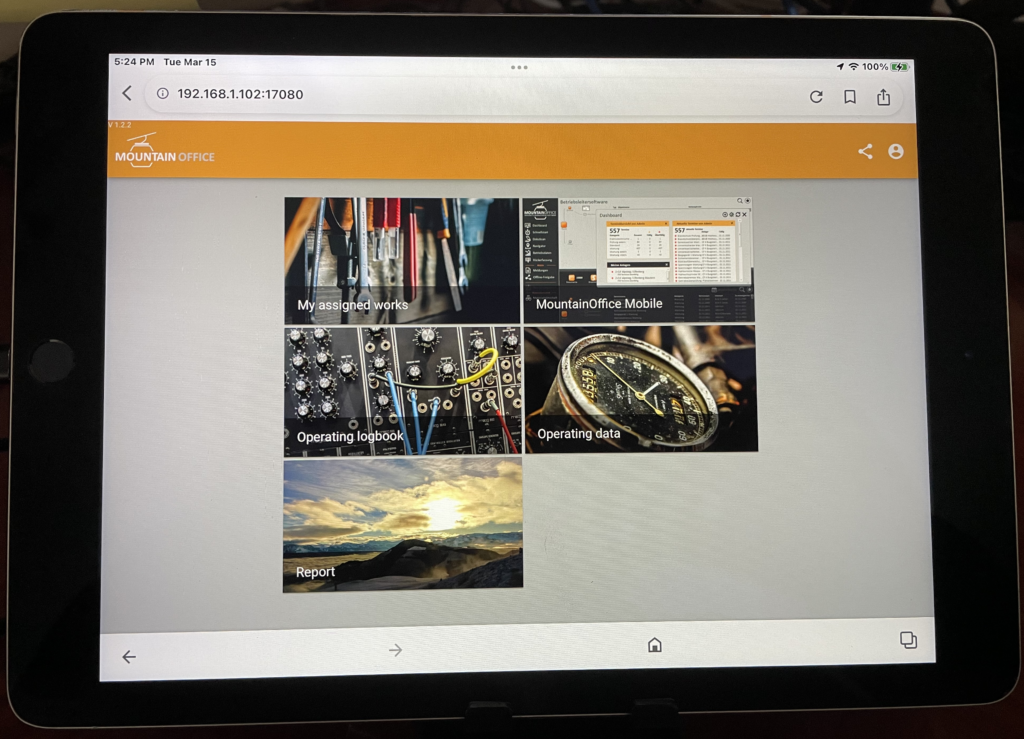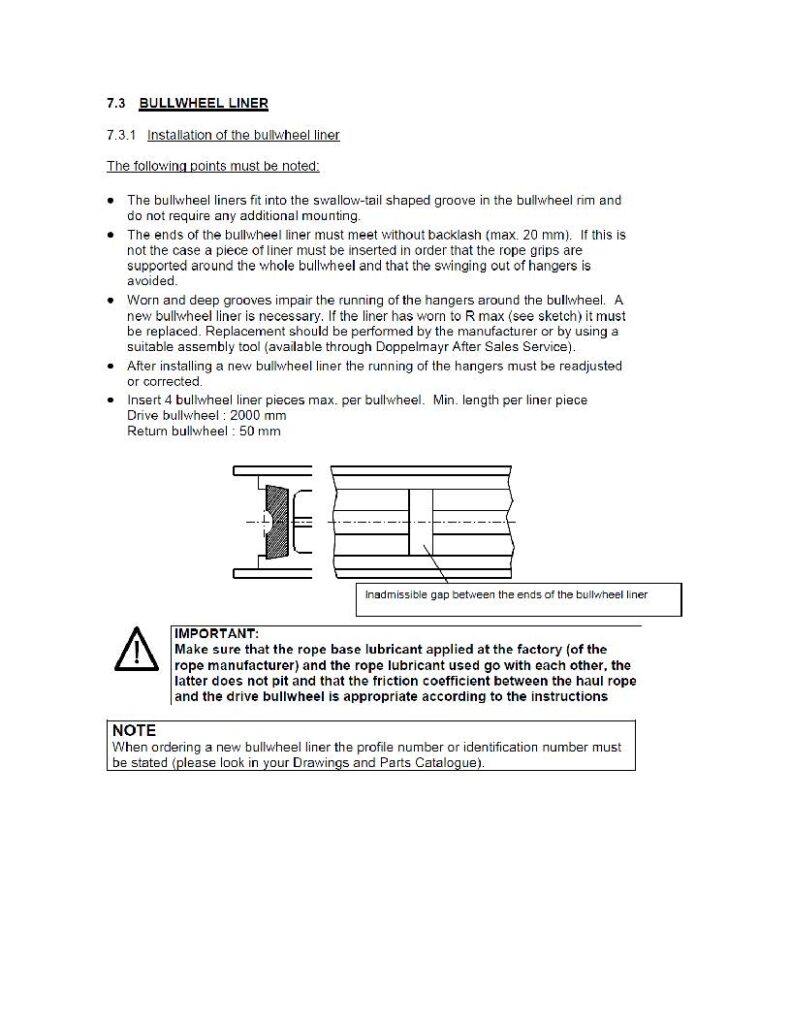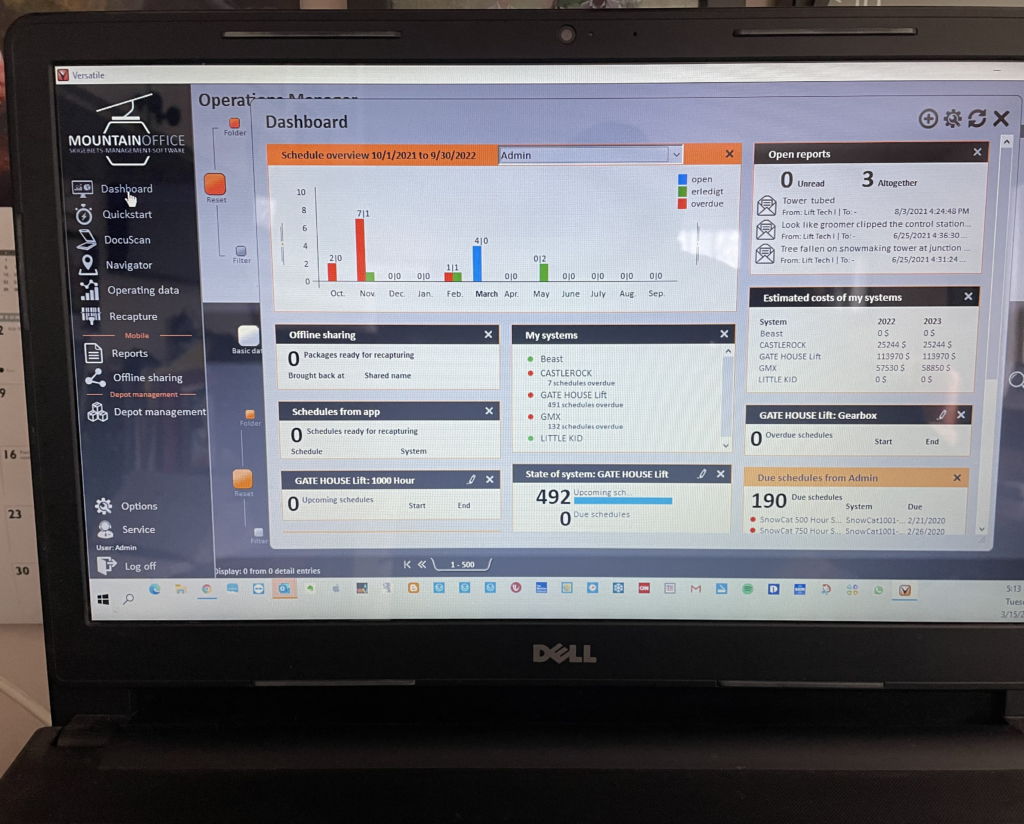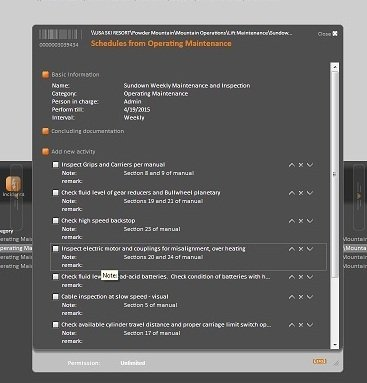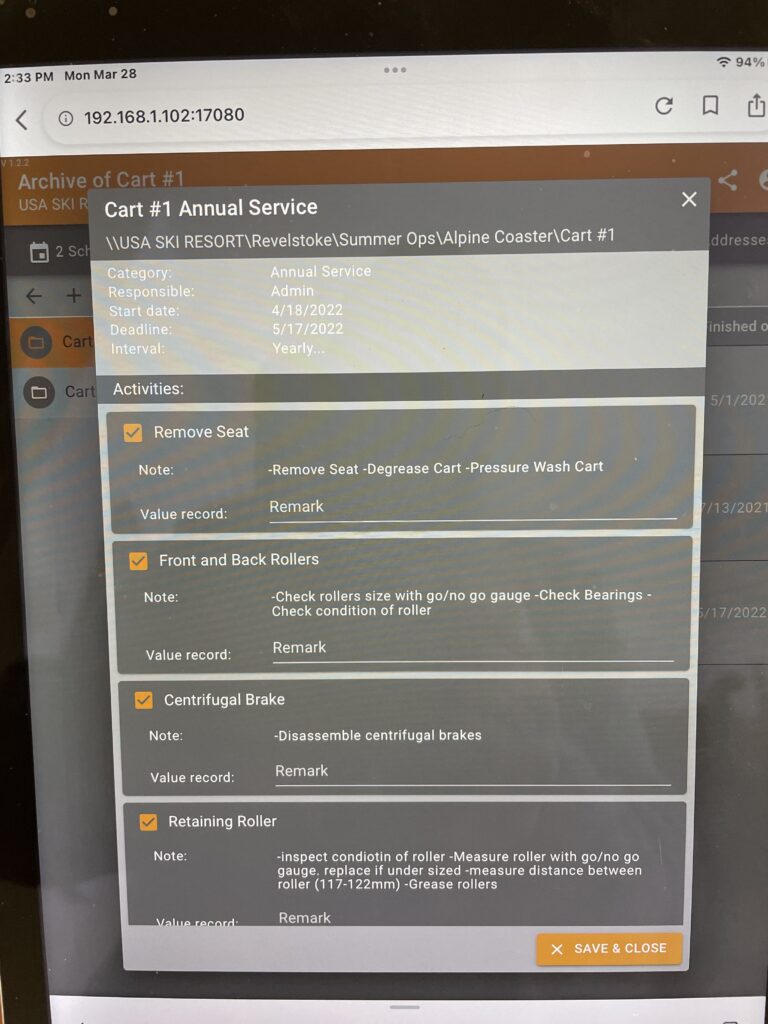Learning from the ski lift
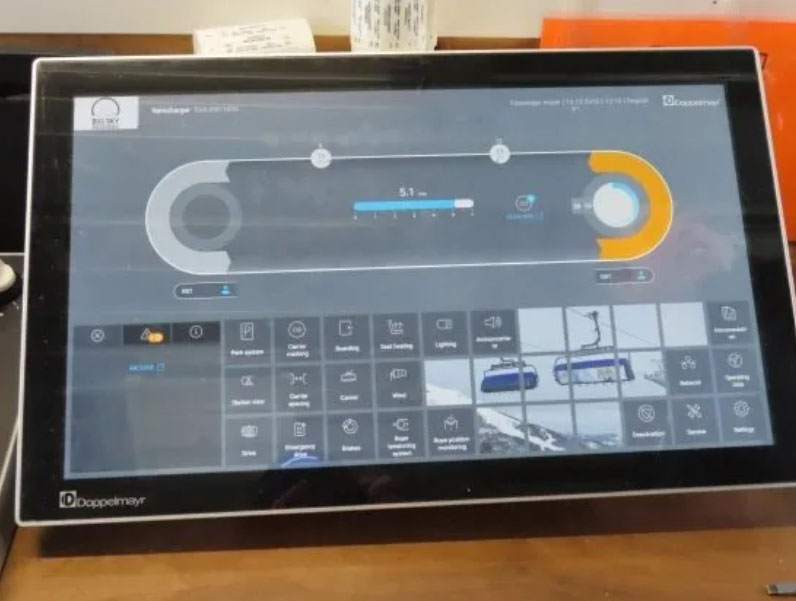
While the average age of the ski lifts in North America is reported to be 27 years old, it is hard to think there should be a discussion about artificial intelligence, AI or MI, machine learning, and how it relates to ski lifts, but there should be. In Europe, the average age of their ski lifts is 6-7 years old, and where are most of the ski lifts of the world designed, engineered, and built? Europe. I don’t think any of us can argue that the European ski industry is more technologically advanced than here in North America.
The included short video from Doppelmayr indicates the coming of AI for sure. For those of you with new lifts from any of the manufacturers, you have seen the significant improvements of the systems offered where diagnostics of faults by location displayed via a screen with the possible causes. Not only are diagnoses shared but performance metrics such as lift speed, stops, motor current, and uptime utilization are as well.
The video of the RPD Nexo is an inspiring example of what the future holds. Imagine having sensors such as these on lift lines where access to towers is more than challenging, and having the ability to gain information from that sheave assembly remotely. Or having sensors that monitor vibration, pad thickness, pressures, and the list can go on. Response times improve, uptime improves, and customers are happier. Take it one step further, and predictive maintenance can become much more accurate with the input of data directly from the lift min real time.
Some of you who have seen the opportunity and decided to build your own AI. KUDOS to you for sure. What is needed to enable AI/MI? The biggest obstacle is communication with the lift, meaning either direct cable, most likely fiber, or a very robust WIFI capability on the hill. Some ski areas have made the connection. Software exits that can communicate with sensors that can interface with other software to provide data in useable form. An example of such software is Induction Automation – Ignition. Those who have been involved in snowmaking control will feel right at home here. One thing to bear in mind as you explore this concept is that this is an information collection application, not a full automated programmable control application. As you know the PLC system installed by the manufacturer controls any stop or go control of the ski lift. The manufacturer’s system is dominant and has to be protected. The objective here is to collect information and observe performance real time.
Hope I have planted a seed – watch the intro video on the Induction Automation site – it real provides a good insight into how this all could work. I have not shared information on actual sensors, those are fairly available as a ski lift is not doing anything that most industrial machinery doesn’t.
What systems will a ski lift employee in next 5, 10, 20 years?
